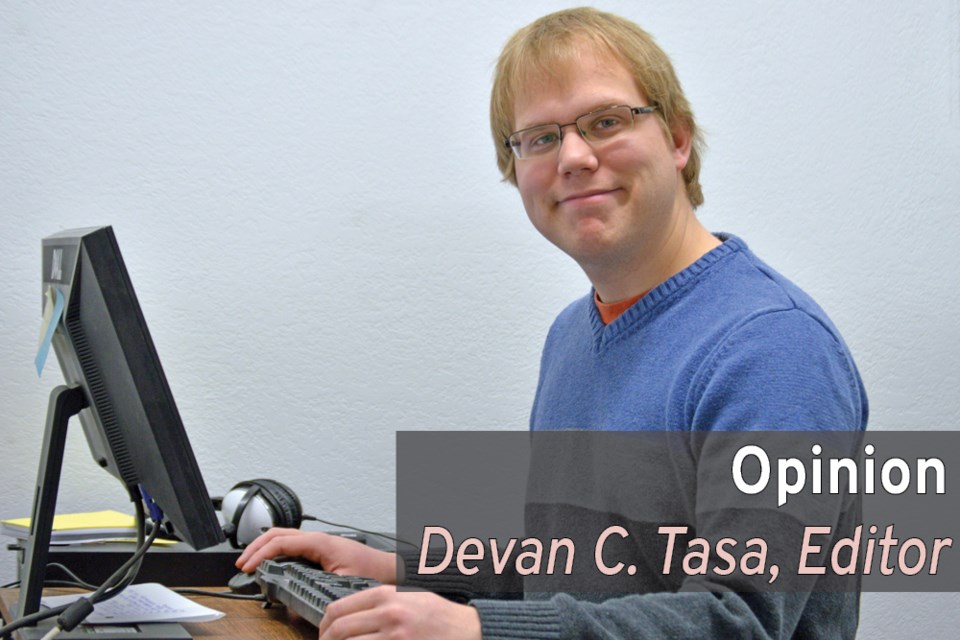Saskatchewan’s chief electoral officer is pulling the alarm. He estimates only 53 per cent of the province’s eligible voters chose not to vote and it’s time to have a discussion why.
To me, recent events in the federal scene present a possible reason.
The Liberals, led by Justin Trudeau, explicitly promised the 2015 election would be the last under the first-past-the-post system, the last where people would waste their vote for their preferred political party just because of where they lived.
He recently decided to break that promise, claiming there was no consensus.
Excuse me? Of the experts that testified to the House of Commons’ committee on the matter, 90 per cent said a new system should be proportional; that is, a party that gets 39.47 per cent of the votes should get 39.47 per cent of the seats. The committee itself came to a consensus that a new electoral system should be proportional as possible and be subjected to a referendum.
Why has Trudeau changed his mind? The obvious answer is now he’s got 55 per cent of the seats with 39.47 per cent of the votes. The second answer is that he preferred a ranked ballot, where voter rank their ballots, the first choices are counted, then the candidate who received the last amount of votes is knocked off and the second choices are counted until someone gets a majority.
Australia has this system. It traditionally has two and a half parties: the left-wing Labor party, the urban right-wing Liberal party and the National party – think of a rural, right-wing NDP. The Liberals and the Nationals are in a permanent coalition. It doesn’t take much imagination to see why Trudeau wants this system.
In the end, Trudeau backed out of his promise because the consensus wasn’t the answer he wanted.
And people wonder why voting rates are dropping.




